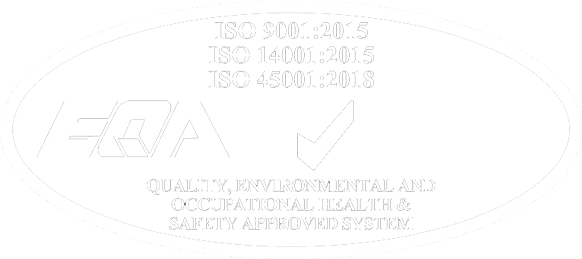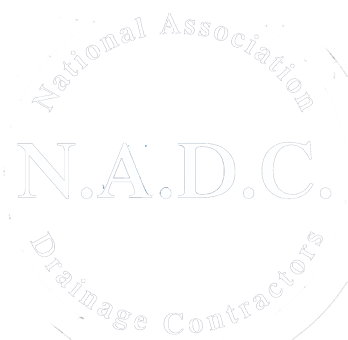Looking for top notch septic tank cleaning and emptying services that cater to residential clients? Look no further! Our experienced team is committed to providing speedy and cost effective solutions to all your septic tank maintenance needs.
With years of experience under our belt. We have honed our expertise in restoring soakaway and percolation areas.
As well as cleaning and inspecting septic tanks. Our team of expert engineers uses cutting edge technology to ensure that every job is done thoroughly and effectively.
At Glancy Enviro we believe in following the Environmental Protection Agency’s guidelines, which recommend annual desludging of septic tanks.
However. The frequency of this service may vary based on your systems capacity and usage.
If you notice scum in your septic tanks’ second chamber or if the sludge level is approximately 400mm from the tanks’ bottom. It may be time to schedule a desludging service with us. But don’t worry; we always leave at least 75mm of sludge behind to ensure that new sludge can regenerate within the tank.
So why wait? Reach out to us today for professional, fast, and affordable septic tank cleaning services specifically tailored for residential clients like you.
Regular maintenance is required to ensure that the septic tank operates effectively and that solids do not enter the percolation area and clog the distribution pipework.
The Waste Collection Permit Regulations came into force in 2001. Anybody, other than a local authority, who collects waste for the purposes of profit or reward, is required by law to hold a Waste Collection Permit.
The WCP must specify the waste type, corresponding EWC code (Septic Tank Waste = 200304) and be disposed of at a licenced waste water treatment plant.
We operate a versatile, modern and efficient fleet of vacuum tankers ranging from 4500 – 33000 litres in size to meet customer needs. This ensures we have the perfect solution for our clients no matter liquid type of site access.
As an ISO 9001, ISO 14001, ISO 45001 and RHOL registered haulier you can be confident that your products are safe in our care.
A septic tank system depends more on the soil in the percolation area to treat wastewater.
A packaged treatment system relies less on the soil but has more mechanical parts to treat the wastewater. Packaged treatment systems, therefore, need more maintenance.
Sludge has to be removed from both types of systems.
The law obliges you to make sure your system is installed, operated and maintained in a way that makes sure it doesn’t pose a risk to human health and the environment.
All of the wastewaters from your home go into your system. The sludge is a build-up of all solids.
The sludge must not build up too much or your system will stop working properly. If the sludge is not removed, it can block the pipes in your percolation area. If this happens it is very difficult to clean and may require replacement – an expensive option! It could also cause a risk to human health and the environment.
Research is ongoing to provide more specific advice, but the sludge should be removed from the tank when the sludge takes up more than half of the liquid depth in the tank or at least every five years.
A minimum of 75 mm of sludge should remain in the tank as it contains billions of the good microbes necessary to help breakdown the new solids. Use a permitted waste contractor and keep your receipt.
If you are a farmer with your own land, you can spread the sludge from your own wastewater system but only but only in accordance with the Waste Management (Use of Sewage Sludge in Agriculture) Regulations.
If you do not have your own land, you must get the sludge removed by a permitted contractor.
Permitted contractors bring the sludge to authorised facilities for treatment. Details on permitted contractors operating in your county are available from your local authority.





© 2024 glancyenviro.ie All Rights Reserved